Resources

Any attempt to explain why someone is a good teacher--or is strongly motivated to teach effectively--involves a complex discussion of one of the oldest questions in human history: Why do people do what they do? In Teaching Well and Liking It, a distinguished group of internationally known scholars offers a sophisticated and stimulating look at the issues involved in motivating teachers to teach well in the challenging environment of the modern university. With college and university administrators worried about how to encourage faculty to devote energy to teaching, and students and their parents concerned that faculty are not dedicated to their teaching responsibilities, and faculty themselves feeling guilty and disappointed at their own failure to find satisfaction in teaching, the time is right for a book that explores the factors that inspire, nurture, and reward good teaching. Motivation, as volume editor James L. Bess points out, is a key factor when it comes to commitment, preparation, sustained effort, and performance in any work. In fact, the effectiveness of any system of higher education is highly contingent on the quality of the teaching enterprise. What is learned, how much is learned, and progress in the psychosocial maturation of the student learner depend on the willingness of college and university faculty to devote long hours to all aspects of teaching. This collection of essays examines personal motivation to teach--both internal and external--as well as organizational conditions such as job characteristics, leadership, and student diversity, and system-wide conditions such as career phases, public policy, politics, and the vagaries of the academicmarketplace. It addresses the issues both theoretically and practically, drawing on the academic and hands-on experience of authors from many fields, including psychology, higher education, business, public policy, and sociology. (From the Publisher)
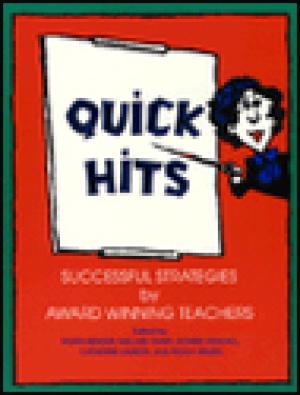
The first Quick Hits were collected in 1991 at a colloquium of Indiana University faculty who had gathered to exchange tips about successful teaching. Each participant described a particular challenge and explained how he or she handled it. There are four main areas: General Teaching Tips, Student Motivation and Involvement, Philosophies of Teaching and Learning, and Discipline-Specific Ideas. Covered are such subjects as first days, teamwork, student boredom, classroom leadership, writing, science, history, music...and much more. (From the Publisher)
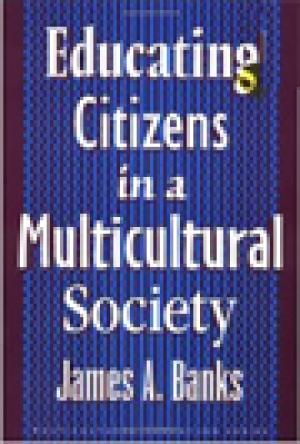
The thousands of immigrants who enter the United States each year, the increasing number of children who speak a first language other than English in the schools, and the ever-widening gap between rich and poor are some of the realities that educators face today. Given these conditions, it is increasingly difficult to prepare students for democratic citizenship. Bringing together years of work as an expert on multicultural education, James Banks shows how we can prepare students to effectively participate in a society that reflects ethnic, cultural, and class diversity at the same time that we promote national unity and the public good. (From the Publisher)
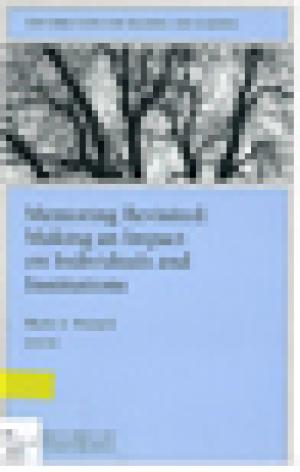
If we believe that the welfare of individuals and the organization are one and the same, the points of compatibility and mutual support must be found and nurtured. If we value the "developmental culture" of an academic institution, the concerns of individuals for growth, change, advancement, recognition, and support can be brought into harmony with the goals of the "organizational culture" for stability, continuity, and community. The twenty-first century will bring new challenges to higher education. Academic institutions must renew their responsibility to support the developmental needs of all their members. This commitment to support human growth is also part of institutional regeneration. An integrated, comprehensive model of personal and organizational development that includes mentoring for students, faculty, staff, and administrators can make a significant contribution to the best use of human resources, community building, and institutional vitality. (From the Publisher)
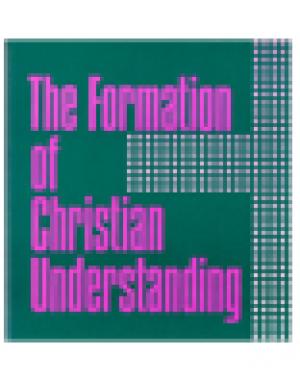
Reissued in response to many requests, this is a book about the Bible--specifically about Christian ways of relating to, using, and understanding Christian scripture and tradition. Professor Wood demonstrates that the aim of Christian understanding is the knowledge of God and the changes in outlook on the Bible that came with the rise of biblical criticism. (From the Publisher)
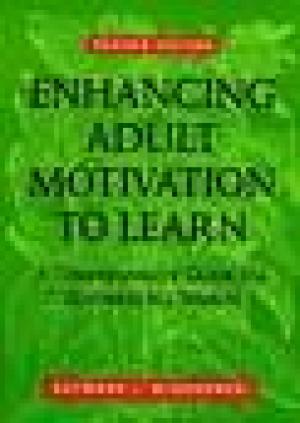
This completely revised edition of Enhancing Adult Motivation to Learn offers updated, culturally responsive practical advice and strategies in the jargon-free, readable style that made the original work so popular. This valuable resource is for teachers, trainers, and anyone who wants learning to be a motivating experience for all adults. (From the Publisher)
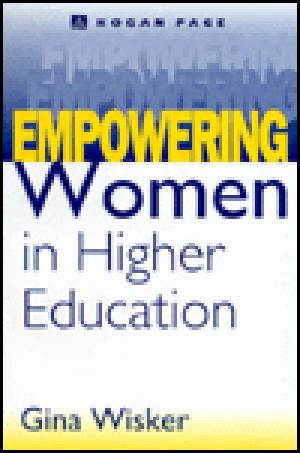
The issue of women's status in higher education continues to be contested. Building on her experience as a teacher in higher education and as a staff developer, the author discusses successful practices which have empowered women, and examines the issues which concern women students and staff in higher education. The first part focuses on women students, their needs and experiences and the changes to courses, teaching and learning practices which encourage women's learning. The second part examines women staff and issues such as recruitment, training, promotion and balancing teaching pressures with family life. Gina Wisker's book is essential reading for all women working in higher education, from graduate students to full professors, for staff development groups and administrators, and men teaching women students. (From the Publisher)
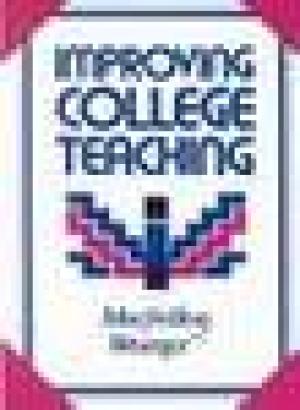
This book shows college administrators, deans, department heads, and faculty development professionals how to improve the instructional performance of faculty members. It offers strategies for overcoming resistance and motivating faculty members to improve their teaching--and identifies the resources, activities, and services that will help them to succeed. (From the Publisher)
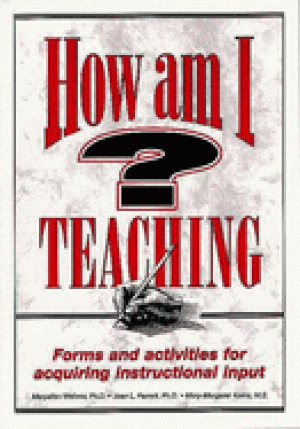
If you're like most instructors, this is a question that you've asked yourself many times. That's why Weimer, Parrett, and Kerns have compiled this guide–so it's easier to get the answers that you need to this crucial question. How Am I Teaching? contains nine forms and activities that allow you to gather information about what you're doing and how well you're doing it. The authors begin with a simple diagnostic matrix to guide you to the form or activity which best suits your needs. Then they summarize each of the nine tools, highlighting the value and limitations. Make copies of whichever tool(s) you've selected and you're on your way to better teaching! (From the Publisher)
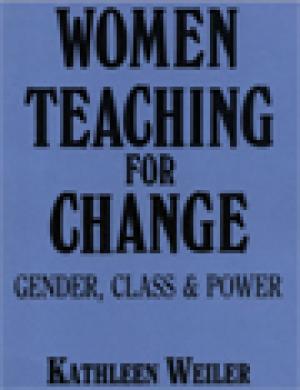
Applying theory to practice, Women Teaching for Change reveals the complexity of being a feminist teacher in a public school setting, in which the forces of sexism, racism, and classism, which so characterize society as a whole, are played out in multiracial, multicultural classrooms. "A fine book, a rich melding of critical theory in education, feminist literature, and pedagogical experience and expertise." Maxine Green, Columbia University. (From the Publisher)